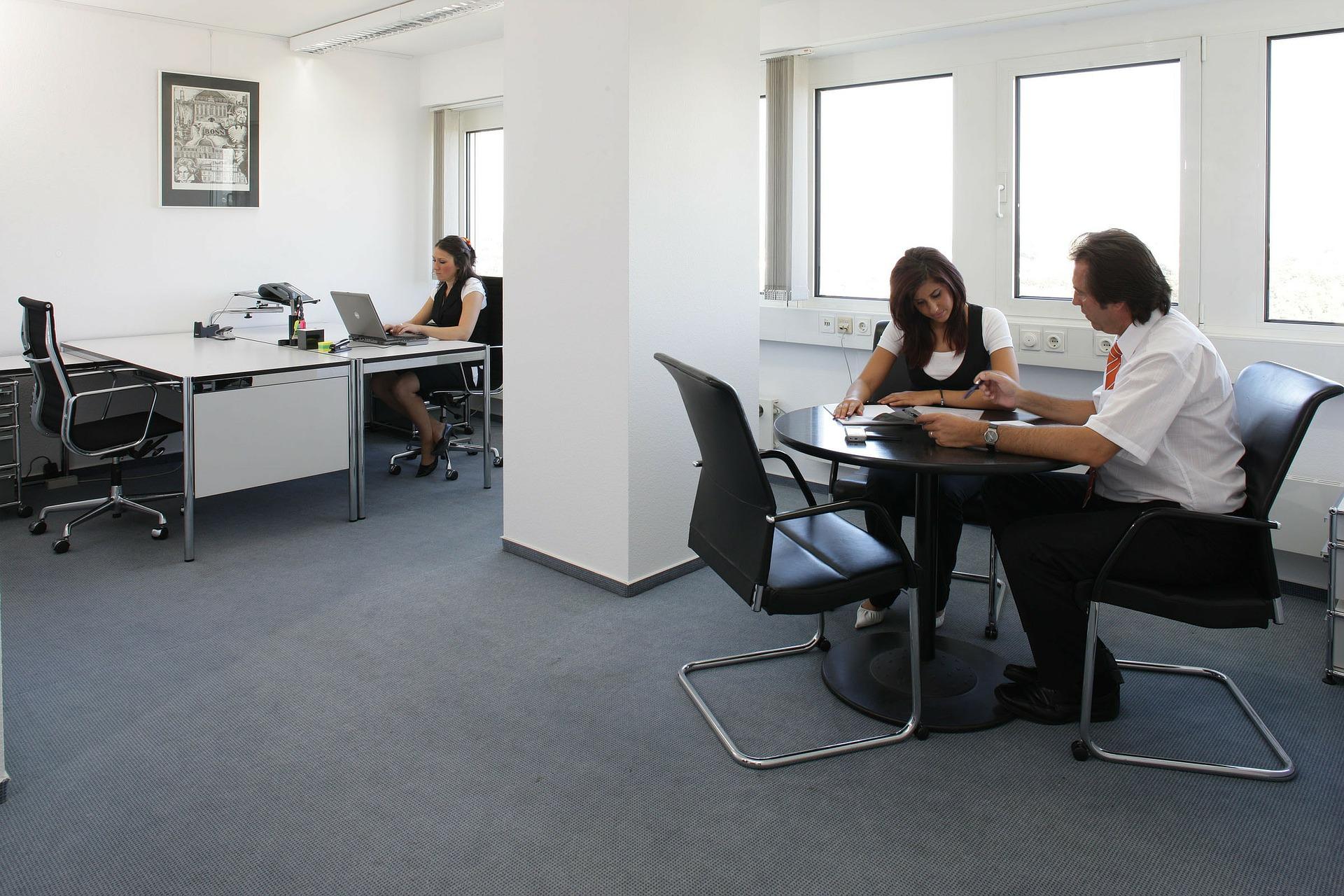How to Help Maximize Your Team’s Collaboration

There is an old saying that “many hands make light work.” That is a primary benefit of collaboration, which helps drive productivity across teams and throughout a company. The result can mean a more efficient workflow that may drive greater cash flow.
Whether you have in-house employees, a remote team or a combination of those, a collaborative spirit may vary or wane, depending on the individuals. Although many tend to enjoy working with others and splitting projects, some may still get discouraged or lose their motivation over time.
Here are some ways to help maximize your team’s collaborative spirit.
1. Build a comprehensive and consistent communication process.
Begin by developing a comprehensive and consistent communication process. Sharing more information quickly can help everyone complete their tasks in a timely fashion. This is particularly important when working with a remote team or a combination of in-house and remote employees. Make sure employees have a forum to provide feedback.
Start with technology focused on communication and information sharing.
There are numerous cloud-based platforms such as messaging apps that let team members ask and answer team members’ questions. These include Slack, Bitrix24 and eXo, all of which allow file sharing.
Other technology tools can help improve meetings and brainstorming sessions for other types of collaborative activities or to provide project updates. High-quality video conferencing platforms such as ClickMeeting, Cisco WebEx and GoToMeeting have helped to improve collaboration. These platforms often provide clear sound and picture. This helps employees communicate as effectively as if they were sitting in a room together.
Use solutions from American Express.
However, don’t assume once you add the technology, that’s all you need to do. The tools can’t do it all. There is still the human factor behind that technology, which requires a thoughtful approach. Encourage a culture that focuses on active listening, respect for others’ opinions and rapid response to keep work moving along at a quick pace that benefits all employees. Also, it’s up to each team member to think about what they can do to improve communication.
For example, acknowledge receipt of a file or email so the other person can move on without the concern the other person doesn’t have what they need. Or, if someone sends an email with five questions, answer each of those questions rather than the first one you notice. These seem like small things, but they can be a big deal when it comes to improving how a team collaborates.
2. Make sure your collaboration is fun.
Don’t forget to throw in fun activities that encourage collaboration outside of work. This can help go a long way toward boosting a collaborative spirit because it involves stepping away from work to focus on something everyone can enjoy. In the process, everyone can get to know each other better in a relaxed environment, removing those work expectations and replacing them with an environment that encourages everyone to be themselves.
Talk to your team to find out how they define fun outside the workplace. This will help you determine the type of team-oriented activities that you could schedule. From there, you can explore available activities that may provide some type of problem-solving challenge.
For example, some cities now have escape room events. Or you can explore activities provided by local community parks, recreation organizations or homeowners associations, which encourage a group to form a sports team. These include everything from baseball and soccer to dodgeball.
Encourage a culture that focuses on active listening, respect for others’ opinions and rapid response to keep work moving along at a quick pace that benefits all employees.
3. Use a relevant rewards system to strengthen collaboration.
Create a rewards system that offers an incentive to work together to achieve some type of defined performance goal. This goal might involve finishing a project on time or ahead of schedule. It might involve delivering a solution to a long-standing problem. Since there is a shared objective around completing the defined performance goal to win some type of reward, more people on the team may see the benefit of collaborating.
Again, as with fun collaboration activities, it helps to go to the team and get their opinion on the type of rewards that are relevant to their interests so that you can maximize their level of motivation. Depending on your cash flow and budget, you may be able to further personalize the rewards to recognize individual efforts. For example, you can give out gift cards of the same value to each team member. It could be something unique that each employee likes, such as a specific restaurant, online retail company or movie tickets. This personalization can further boost each person’s resolve to continue collaborating.
Finally, tie these rewards to specific company goals so you can link the importance of collaboration to company success in the minds of your team members.
After implementing each tactic, take some time to reflect on the success of your efforts. You can assess this by determining how much faster the team achieved a specific goal and what type of results they delivered. If you see improvement, reward and recognize that. Or, if there’s still work to do, try another tactic and measure those results. Focus not just on whether a task has been completed, but also on whether your employees feel more like a team that sees the value in working together.



